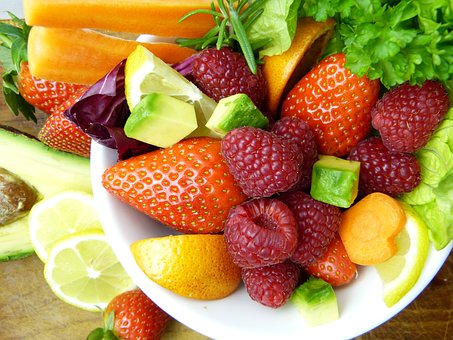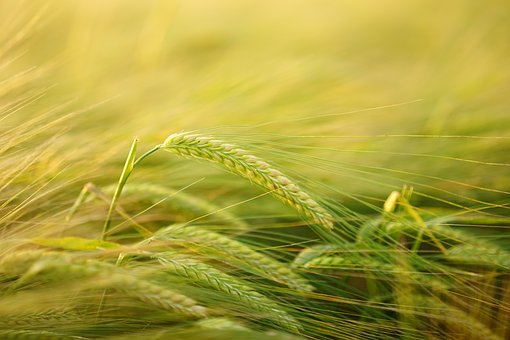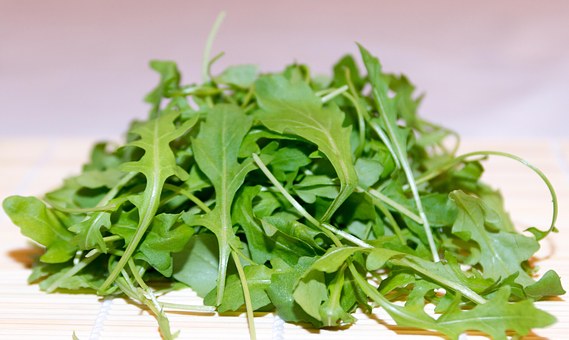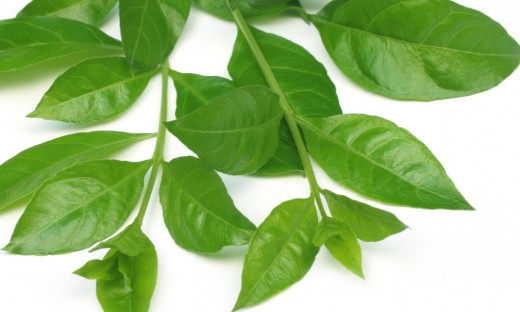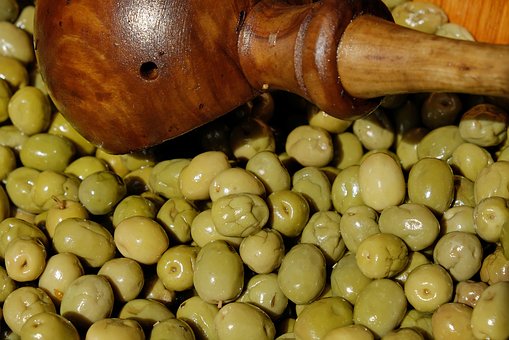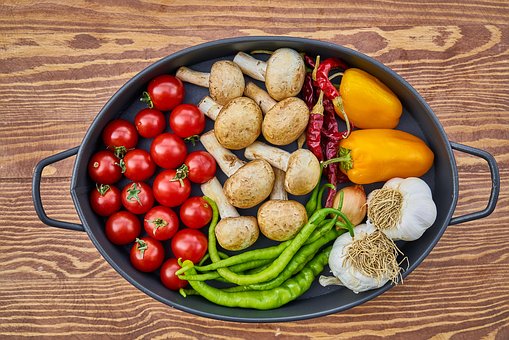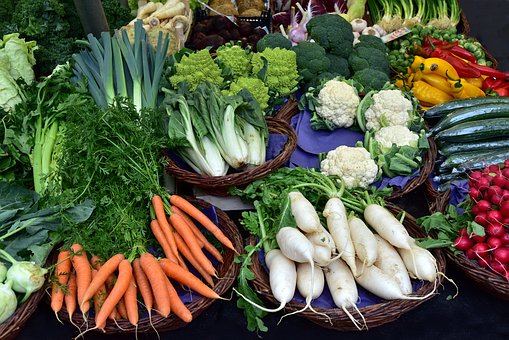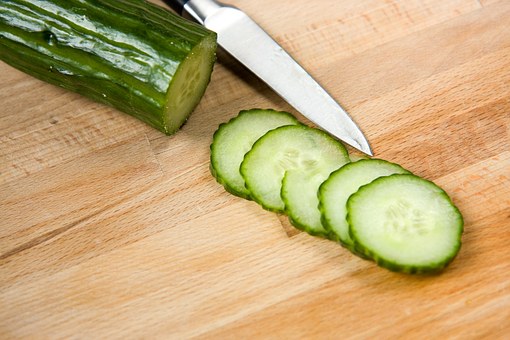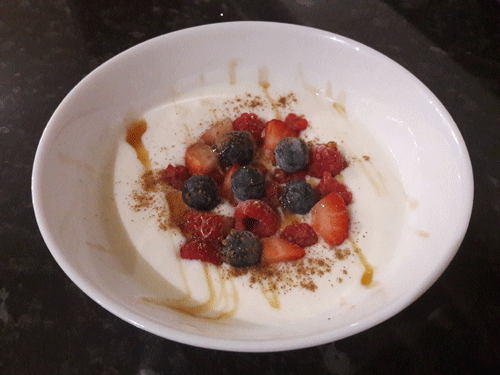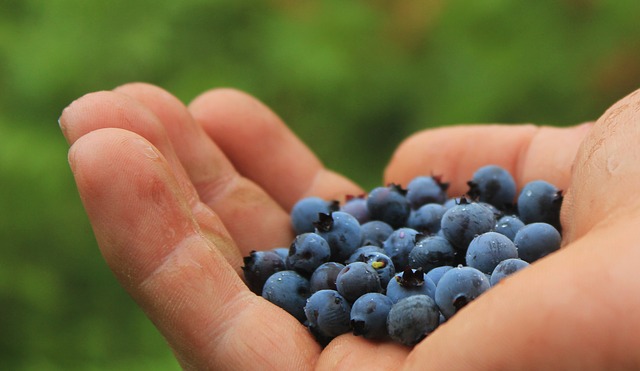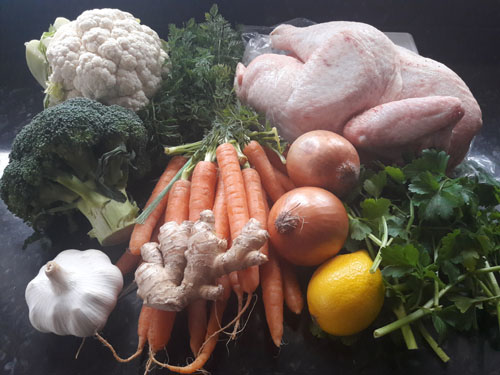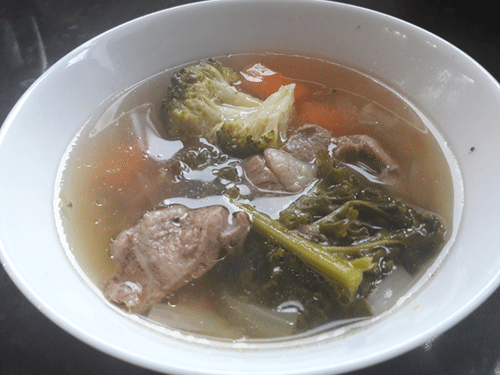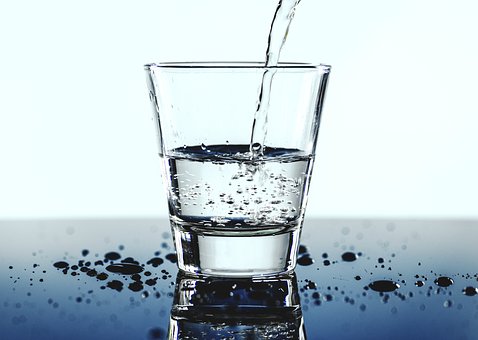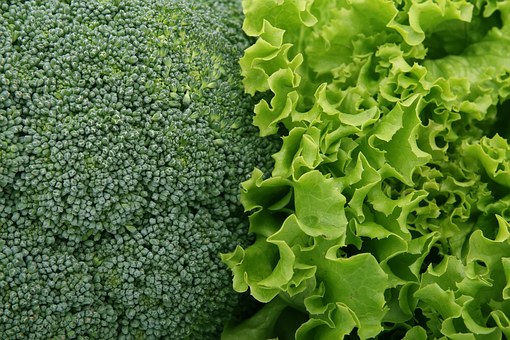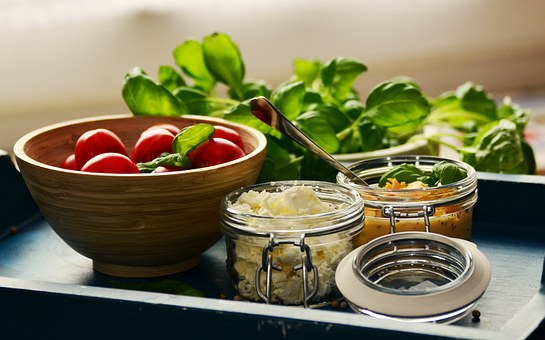Understand Your Digestive System to Improve Health
© HealthyMuslim. See Terms and Conditions

Digestion is actually a complex combination of biological interactions and chemical reactions taking place at every stop along the digestive tract or the gut. It takes place in three main areas of the body: the mouth, the stomach, and the small intestines.
The gut is home to the largest part of the body's immune system, protecting us against foreign invaders by producing acids and colonies of beneficial bacteria that act as a defense against pathogens that find their way inside your body. The gut is a hugely important part of the body and is called our 'second brain' by many scientists because of how its extensive network of nerve cells interact with the brain and central nervous system.
Digestion Starts in the Mouth
The digestive process begins when we put food in our mouths. Our teeth and tongue break the food into smaller particles so that digestive juices and enzymes can get to a larger surface area of the food and begin to break in down, known as mastication.
Saliva, which helps to lubricate food as we chew it and makes it easier to swallow, contains an enzyme known as amylase. This crucial enzyme splits complex carbohydrates, such as bread, pasta and rice (also known as starches), into simpler components ready for further digestion further down the tubes.
Saliva is an alkaline substance, because the membranes of our mouth and tongue are not designed to withstand strong acids. If our mouth juice were acid instead of alkaline, our teeth would crumble and fall out.
Stomach Juices are Acid
Stomach, or gastric juices are completely different from saliva; they range from nearly neutral (neither alkaline nor acid) to strongly acid, depending on the food that is being eaten. The lining of the stomach is tough and coated with a protective mucus membrane so that acids attacking the food can't digest the stomach itself.
Proteins Are Digested in the Stomach
Starchy foods begin their digestion in the mouth, but proteins behave quite differently. Protein foods such as meat, cheese and fish, are broken up into smaller pieces by the teeth are moistened by saliva to make swallowing easier, but nothing else happens to them until they reach the stomach. So, although proteins are broken down mechanically, no actual protein digestion takes place in the mouth at all.
Almost as soon as protein is swallowed, cells in the stomach wall begin to produce gastric acids which trigger an important enzyme called pepsin. Pepsin grabs hold of complex proteins such as cheese, fish, meat or eggs, and divides them into simpler structures ready for more complex digestion later on.
An important point to note here is that once the stomach has become acidic enough to break down protein food, starch digestion stops. That's because the stomach juices needed for protein digestion are so acidic that they inactivate the starch-digesting enzymes that began to work on the food when it was in the mouth. So not combining starch and protein foods in the same meal is much more beneficial for digestion, as explained in more detail in previous articles.
Acids and Alkalis Cancel Each Other Out
Starches can also halt protein digestion by canceling out some of the acids. Pepsin, the protein-splitting enzyme, only works in a strong acid stomach and is completely inactive in an alkaline or neutral environment. This means that when proteins and starches are eaten together, the passage of food from the stomach slows right down.
In addition, when proteins are only partially digested, the peptides and amino acids are not broken down properly either. This can affect the body's ability to produce hormones, enzymes, and new cells that are needed to make blood and to repair damaged or worn-out tissues. One essential amino acid, lysine (called 'essential' because it has to be provided by the diet and can't be made within the body), can be destroyed when proteins and starches are either cooked together or eaten together. Lysine is needed by the immune system to build antibodies, and plays a role in the transport of essential fatty acids.
The Importance of Good Bacteria
Moving a little bit further down the digestive tract to the small intestine, there are about 100 trillion microorganisms living in the gut. That's 10 times more than the total number of cells in your body (about 10 trillion). These tiny creatures make up between 3-5 pounds of your body weight!
The body receives help breaking down foods into their component parts from the organisms that live in your gut (intestinal flora). These bacteria, yeasts and fungi can produce beneficial waste products as they feast on your digesting food, such as B and K vitamins that your body needs. They also break down some foods that your body cannot absorb by itself, for example they change carbohydrates into simple sugars, and proteins into the component amino acids.
However, the balance of these beneficial organisms can be disrupted or even destroyed by factors such as poor diet, environmental toxins, stress, or antibiotics, which causes yeast overgrowth and conditions related to the rapid spread of bad bacteria in the intestines. Some common foods that can cause this overgrowth are eating too many grains, sugars and processed foods, because these foods serve as fertilizer for the bad bacteria and yeast and will cause them to rapidly multiply. Probiotics help the digestive system recover by balancing out the good and bad bacteria. So to maintain a healthy intestinal flora, eat some fermented foods like sauerkraut, kefir (a fermented milk drink), or live yoghurt. Alternatively, supplement with a high quality probiotic product to multiply the 'good' bacteria found in your digestive tract.
Other ways to improve digestion and thereby improve health include:
- Regularly eat fresh, fiber-rich fruit and vegetables, either raw or lightly cooked
- Eat a balance of different types of nutrient-dense foods
- Limit consumption of foods rich in simple sugars such as white bread, and other refined, processed food and sugary snacks
- Avoid regularly combining protein foods with starch-rich foods in the same meal, and eat fruit on an empty stomach, on its own. See articles below for more information on correct food combining.
Link to this article: Show: HTML Link • Full Link • Short Link
Share or Bookmark this page: You will need to have an account with the selected service in order to post links or bookmark this page.





|
Related Articles:
- Lose Weight by Increasing Intake of Complete Proteins
- Food Combining For Optimum Nutrition: Food Categories
- Nutrients and Superfoods for Healthy Skin
- Food Combining for Optimum Nutrition: The Basics
- Why We Need Protein in our Diets
- Levels of Food Combination Digestibility
- Nutrition Basics: The Body's Digestive Cycle Explained
You must be registered and logged in to comment.
Most Popular
Latest Articles
Popular Subjects
Health, fitness and longevity
Based upon the principles of health
in the Qur'an and Prophetic Traditions.
HealthyMuslim.Com
There are two bounties in which
most people lose out: good health
and free time. Al-Bukhari.





